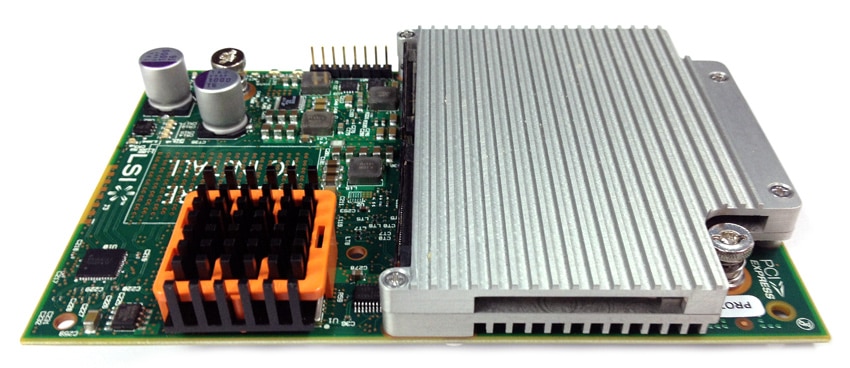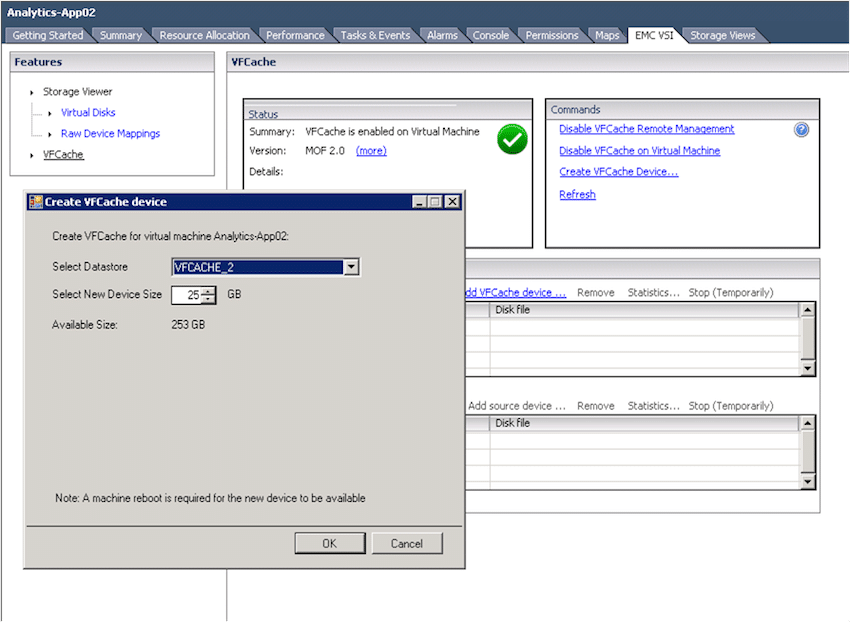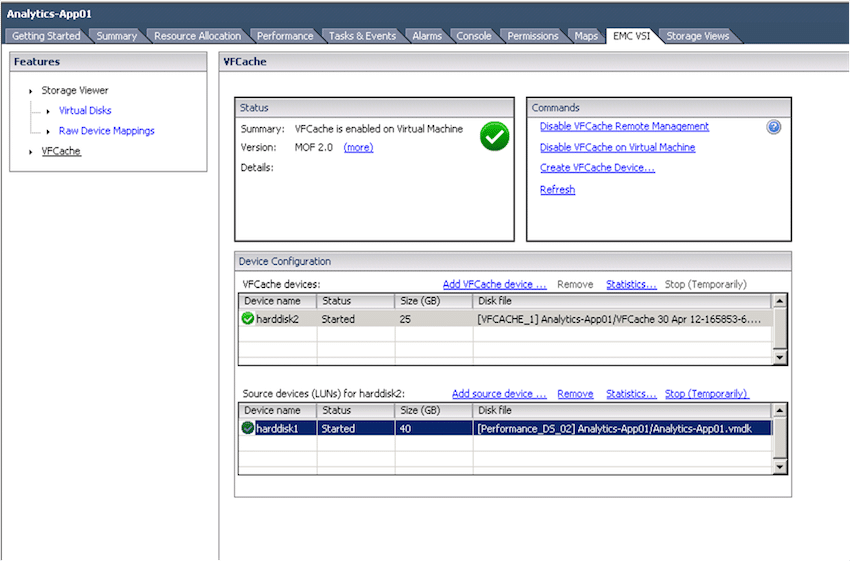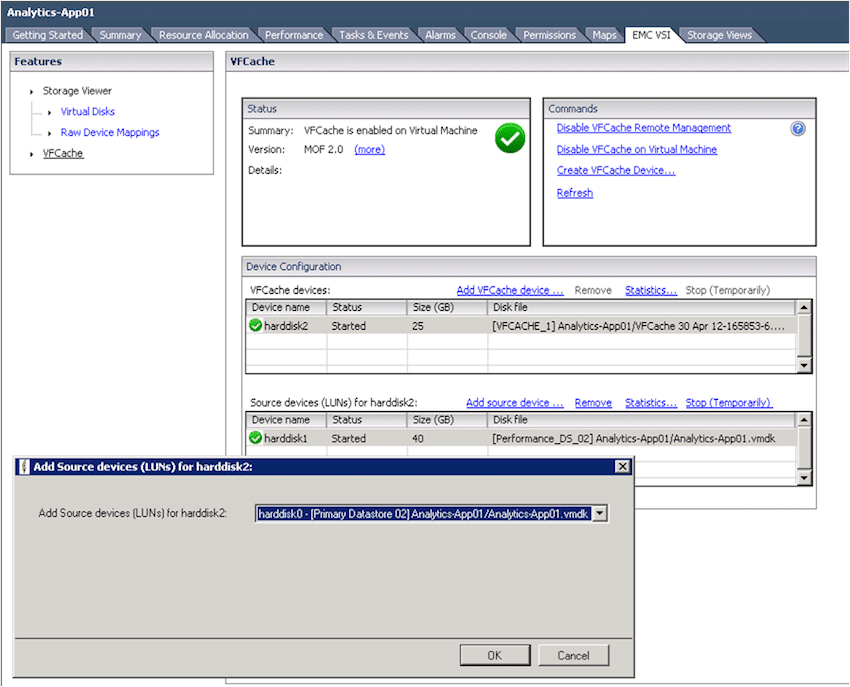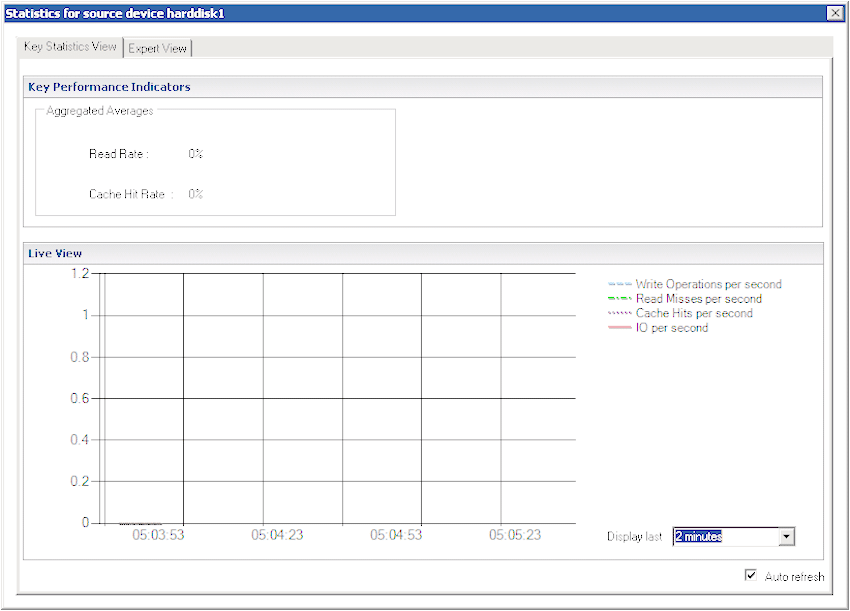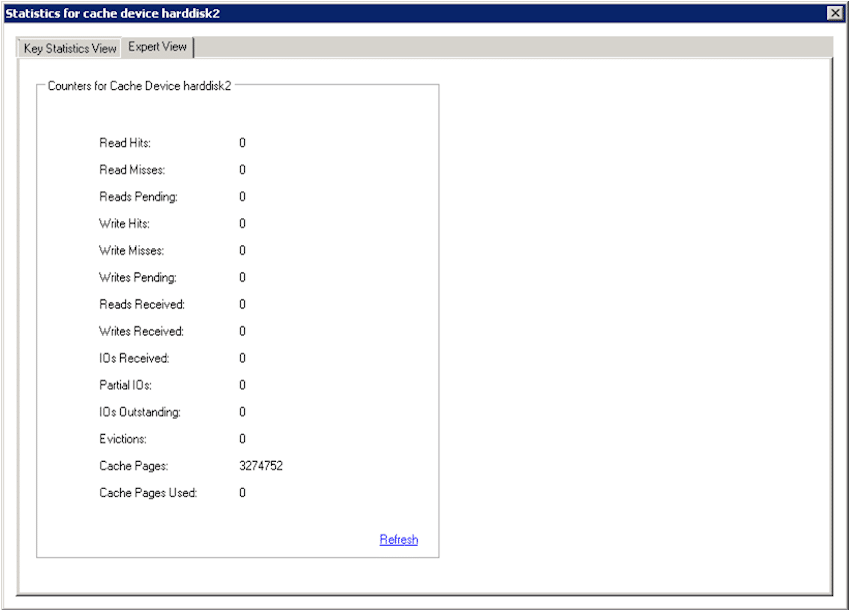
EMC has announced VFCache v1.5, their second generation server-side PCIe-based flash caching solution. VFCache 1.5 includes several new features, highlighted by the inclusion of in-line deduplication, something EMC calls in industry first for server-based caching solutions. Other major updates include interoperability with vSphere vMotion and support for larger capacity PCIe flash storage cards and more of them in the compute servers.
For those not up to speed on EMC’s multiple tiers of flash solutions, VFCache is generally a platform agnostic caching solution that currently leverages EMC software and PCIe application accelerators from Micron and LSI. EMC also will soon offer a flash server appliance dubbed Project Thunder and Project X, an all flash array based around their recent XtremeIO acquisition. For their existing Isilon, VMAX and VNX arrays, EMC offers hybrid array solutions that leverage flash as a performance tier or cache in front of hard drives used for bulk storage.
In-Line Deduplication
VFCache now offers 8KB fixed block size in-line deduplication of the cache, which brings forward several benefits. First, there’s a capacity gain for the cache. When paired with a 300GB PCIe flash card for instance, EMC estimates that de-dupe will save up to 20%, netting an effective post de-dupe capacity of 360GB instead of the 300GB raw capacity the card offers on its own. De-duplication also reduces total bytes written to the flash itself, extending the useful life of the PCIe card. Both benefits combine to increase the return on investment of VFCache.
Increased Capacity and Compatibility
EMC has increased the capacity of the PCIe caching cards it offers, expanding the offering with the 700GB Micron P320h which offers SLC NAND. They’ve also taken off the leash when it comes to the number of caching cards in the system, users may now use as many as supported PCIe slots the server offers. To get more out of the caching cards, users may tune the caching algorithms to suit their needs and can customize maximum I/O size to match application needs like those of Microsoft Exchange 2010.
VFCache also has a more broad software and hardware compatibility list including:
- Servers – HP, Dell, Cisco, IBM and Fujitsu rackmount servers, HP ProLiant blade servers via PCIe extender cards
- Operating Systems – RHEL 5.8, 6.0, 6.1, 6.2, CentOS 5.6, 5.7, 5.8, 6.0, 6.1, 6.2, ORL 5.5, Hyper-V for Windows 2008 R2 (non-clustered)
- Active/passive Clusters – Windows 2008 R2 Failover, Native RHEL clusters, Symantec Veritas, SIOS SteelEye
- Connectivity Protocols – GbE, 10GbE, FCoE
EMC has also worked with LSI and Cisco to offer a VFCache solution for the UCS Blade Server via customized LSI Nytro WarpDrive PCIe mezzanine cards. For those on the Cisco B200 M3, B22 M3 or B420 M3 platforms, there will be 400GB SLC and 800GB MLC capacity options to bring VFCache to those environments.
LSI Nytro WarpDrive for Cisco UCS Blade Server
VMware vMotion
To expand the benefits of using VFCache in virtualized environments, EMC has announced interoperability with vMotion. The integration allows for zero downtime migration of VMs. Admins can also seamlessly handle management tasks within vCenter, offering a unified interface and simplified ease of use.
Pricing and Availability
EMC VFCache v1.5 is available now and are a free upgrade for current VFCache users with valid maintenance agreement. VFCache software with 300GB SLC PCIe flash card and enhanced three-year maintenance program carries an MSRP of $18,500. The LSI mezzanine cards for Cisco UCS Blade Servers will be available in Q4 of this year.
EMC VFCache Screen Shots

